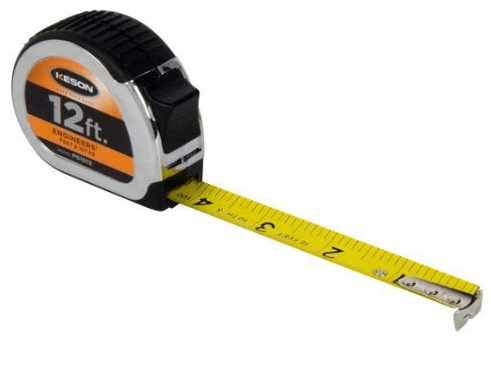-
1
- #1
D Scullion
Mechanical
Many interesting links shared detailing other peoples screw ups. Anybody on here willing to admit to their own?
Not trying to entrap anybody, don't admit to anything you could still get prosecuted for. Just want to hear a few funny stories.
I'll start: My first job in a small engineering firm with very little senior experience, almost every day was a near miss:
- Prototype 24 ton dump trailer, my first folly with hydraulics, on placement from uni. I designed the small hydraulic rams that open and closed a gull wing style back door to operate on the same circuit as the very large rams that lift the 24 ton laden body, without any flow controls. On first operation the back door closed so hard and fast it damaged the solid steel door.
- Ordered a laser cut sheet steel kit for a first production batch of a new product. Didn't realise AutoCAD was set so that all files were scaled 10:1. Received a delivery of miniatures.
- Made a tolerance error on the pivot of a large arm that moved a prototype piece of machinery into operating position. It seized up so tight only the hydraulic ram on the arm could turn it, couldn't even get grease into it. Prototype was on a tight deadline for a demonstration in front of a large group of customers which we had to go ahead with. Started to move the arm and the screeching from the pivot was mortifying. needless to say we waited until everyone had left after the demo before folding it back in again.
Not trying to entrap anybody, don't admit to anything you could still get prosecuted for. Just want to hear a few funny stories.
I'll start: My first job in a small engineering firm with very little senior experience, almost every day was a near miss:
- Prototype 24 ton dump trailer, my first folly with hydraulics, on placement from uni. I designed the small hydraulic rams that open and closed a gull wing style back door to operate on the same circuit as the very large rams that lift the 24 ton laden body, without any flow controls. On first operation the back door closed so hard and fast it damaged the solid steel door.
- Ordered a laser cut sheet steel kit for a first production batch of a new product. Didn't realise AutoCAD was set so that all files were scaled 10:1. Received a delivery of miniatures.
- Made a tolerance error on the pivot of a large arm that moved a prototype piece of machinery into operating position. It seized up so tight only the hydraulic ram on the arm could turn it, couldn't even get grease into it. Prototype was on a tight deadline for a demonstration in front of a large group of customers which we had to go ahead with. Started to move the arm and the screeching from the pivot was mortifying. needless to say we waited until everyone had left after the demo before folding it back in again.



![[sadeyes] [sadeyes] [sadeyes]](/data/assets/smilies/sadeyes.gif) $25k down the drain.
$25k down the drain.
![[smile] [smile] [smile]](/data/assets/smilies/smile.gif) )
)